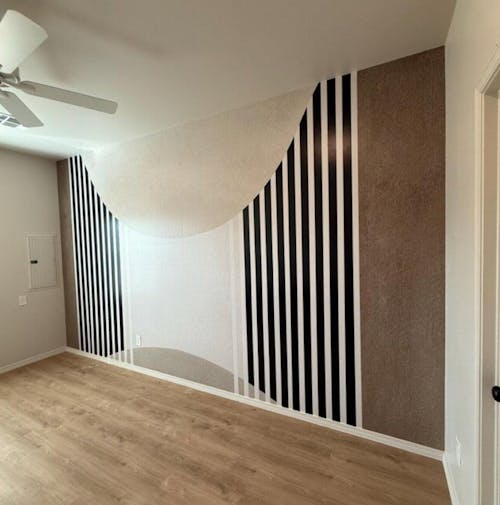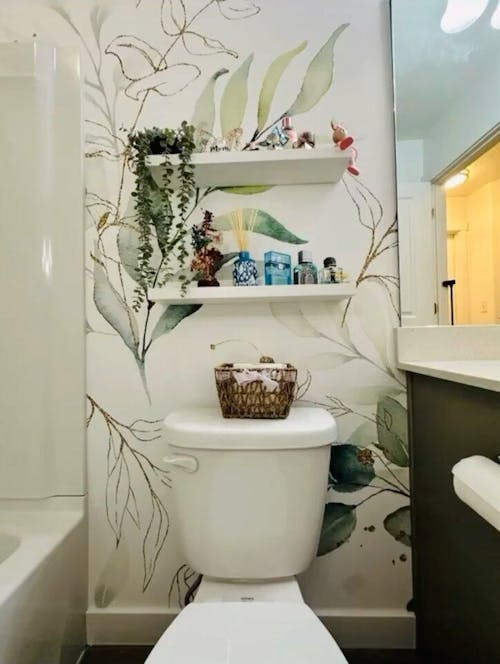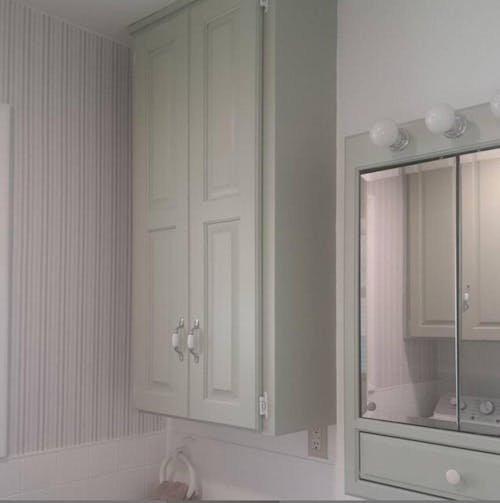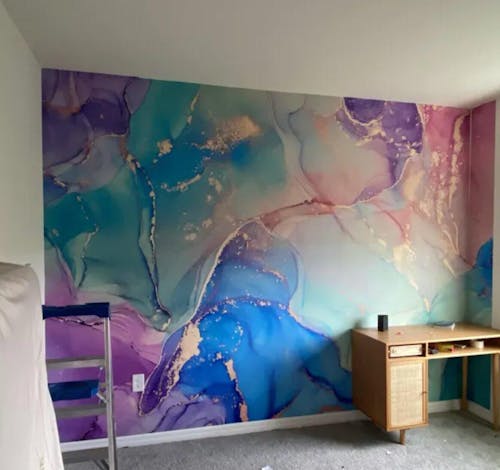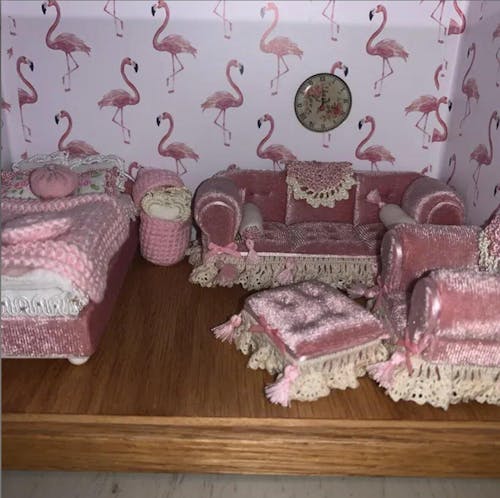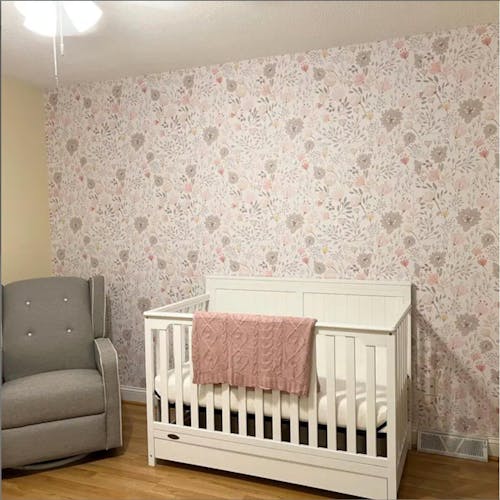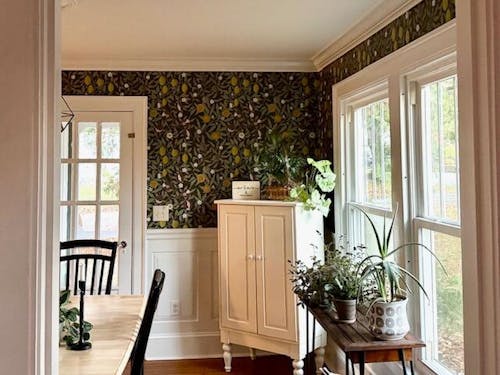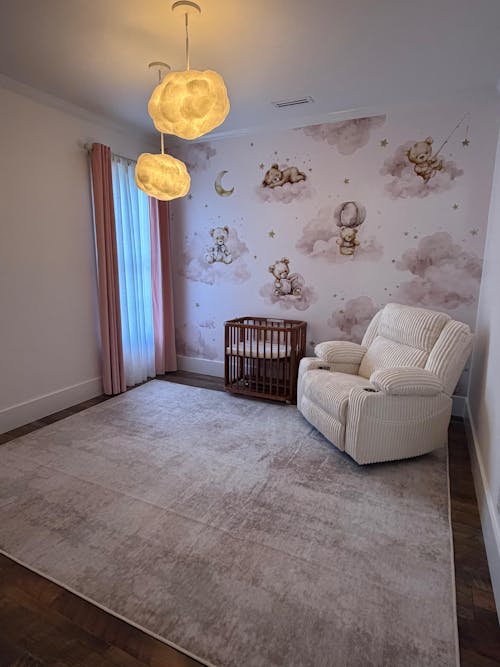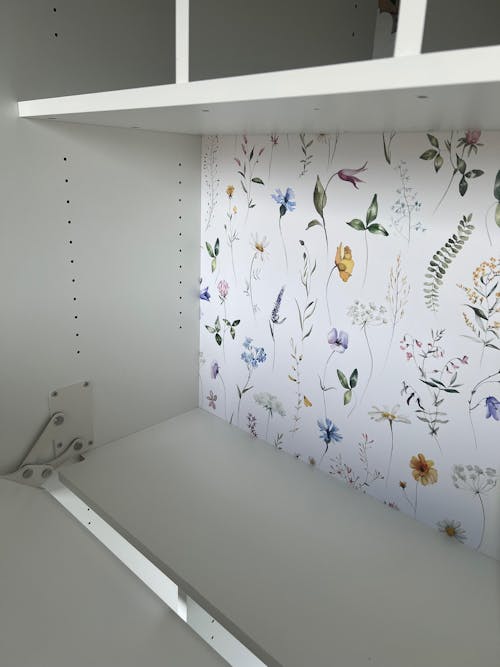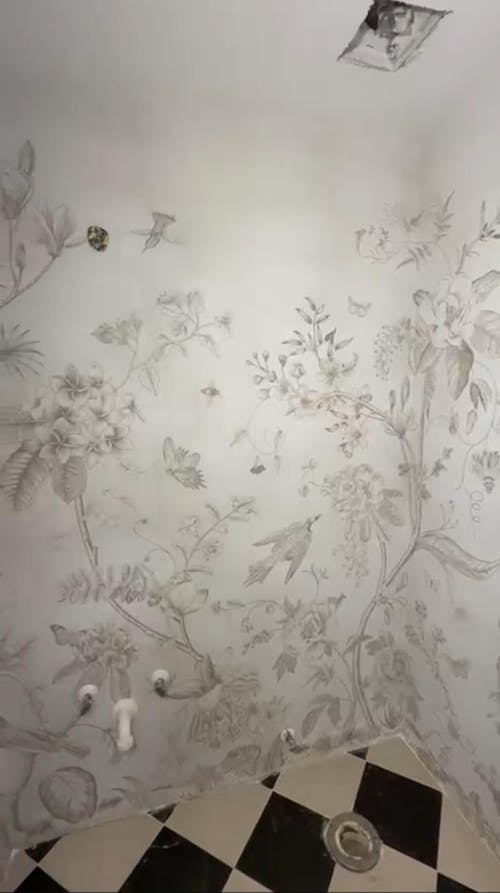The popularity of peel and stick wallpaper has soared due to its ease of use and stylish options. However, applying it over walls painted with low, no, or zero VOC paints can present unique challenges. These eco-friendly paints, while safer and less toxic, often create surfaces that are less adhesive-friendly.
What Are Low VOC Paints?
Low VOC paints are designed to emit fewer volatile organic compounds, which are responsible for the strong odor associated with traditional paints. These paints are a safer, more environmentally friendly choice, especially for households with children, pets, or individuals sensitive to toxins. However, their formulation often results in a slick, silicone-like surface that can repel adhesives.

Why Do Peel and Stick Wallpapers Struggle on Low VOC Paints?
The primary issue lies in the chemical composition of low VOC paints. Some of these paints create a barrier-like finish, making it difficult for the adhesive backing of peel and stick wallpapers to bond securely. While some wallpapers adhere without issue, others may peel off or fail to stick entirely.
Testing Before Installation
Before committing to a full wallpaper installation, testing is crucial:
- Use a Sample: Most wallpaper suppliers offer affordable samples. Apply a small piece to your wall and observe it for several days.
- Check for Lifting: If the edges lift or the wallpaper slides, additional preparation will be necessary.
Costa Cover оffer fast and convenient sample orders that allow you to test our peel and stick wallpapers on your own walls. This eliminates the guesswork and ensures a successful installation. For more details on how to order a sample, visit our Try a Sample.
Preparing Walls for Peel and Stick Wallpaper Over Low VOC Paints
If your walls are painted with low VOC paints, follow these steps to improve adhesion:
Clean the Surface:
- Mix a solution of 70% isopropyl alcohol and 30% water in a spray bottle.
- Using a lint-free cloth, thoroughly clean the wall with overlapping strokes. Repeat this process two to three times.
- Allow the wall to dry completely before proceeding.
Sanding (Optional):
- For particularly slick surfaces, lightly sand the wall with fine-grit sandpaper to create a more adhesive-friendly texture.
- Clean the dust with a damp cloth after sanding.
Apply a Primer:
- A wallpaper-specific primer can act as a bonding layer between the paint and wallpaper.
Why Wall Prep is Crucial
Skipping wall preparation can lead to poor adhesion, resulting in peeling or bubbling after installation. Once a peel and stick wallpaper has been applied to an untreated low VOC surface, removing and reapplying it will not resolve the issue. Adhesives can become contaminated, rendering the wallpaper unusable.
Pro Tips for Successful Installation
Choose Quality Wallpaper: Not all peel and stick wallpapers are created equal. High-quality options are more likely to adhere successfully to challenging surfaces.
Avoid Freshly Painted Walls: Wait at least four weeks after painting before applying wallpaper to allow the paint to cure fully.
Consider the Room’s Environment: High-humidity areas like bathrooms may require additional adhesive support or a different wallpaper type.
Final Thoughts
Low VOC paints are a fantastic choice for healthier, eco-friendly homes, but they can complicate wallpaper installation. By understanding the challenges and properly preparing your walls, you can enjoy the beauty and convenience of peel and stick wallpaper without frustration.
With Costa Cover’s high-quality wallpapers and expert advice, you can transform your space confidently, even on low VOC-painted walls.




